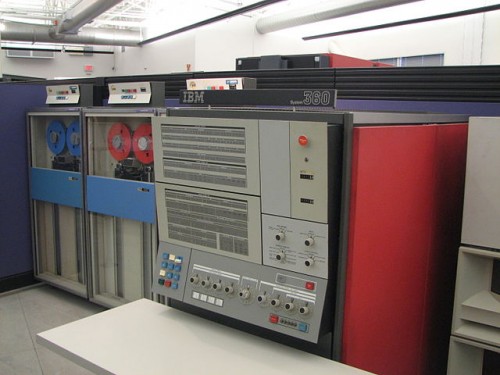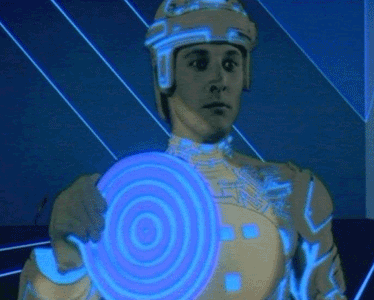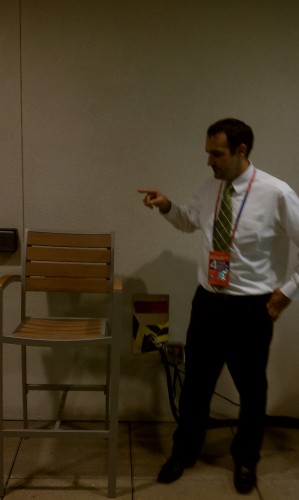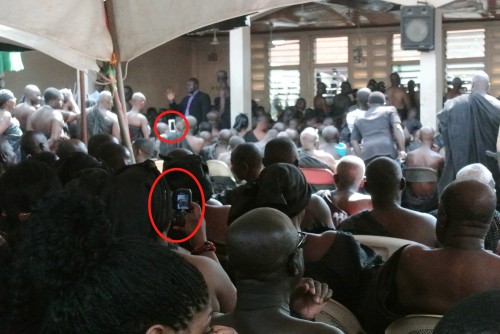
It’s already been well-established by other posts on this blog that there’s something particular going on with regards to ICTs – especially social media technologies – and storytelling. My post last week dealt with how the atemporal effects of social media may be changing our own narratives and how those narratives are understood and expressed. This week I want to focus on some of the ways that social media technologies are making our narratives more communal in nature.





 Malcolm Harris has posted
Malcolm Harris has posted 

